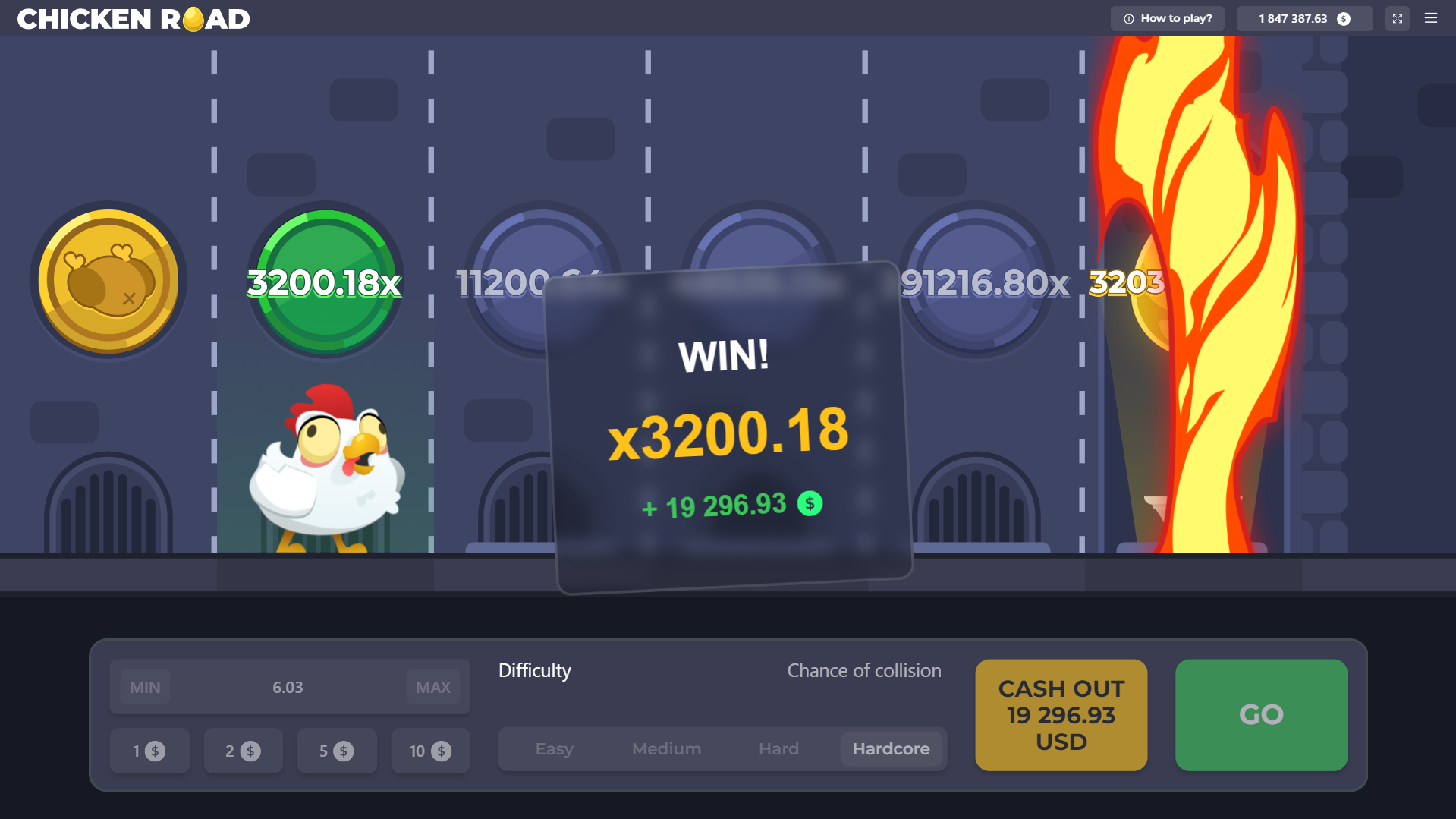Roulette is one of the most popular casino games worldwide, and understanding its probability is crucial for any serious player. The game involves a spinning wheel with numbered pockets and a small ball that lands in one of these pockets when the wheel stops spinning.
In American roulette, there are 38 pockets: numbers 1 through 36, plus 0 and 00. The European version has 37 pockets with only a single zero. This difference significantly affects the probability calculations and house edge. 
The probability of winning a straight-up bet (betting on a single number) in American roulette is 1/38 or approximately 2.63%. In European roulette, it\“s 1/37 or about 2.70%. For even-money bets like red/black or odd/even, the probability in American roulette is 18/38 (47.37%) while in European roulette it\“s 18/37 (48.65%).
The house edge, which represents the casino\“s mathematical advantage, is 5.26% in American roulette and 2.70% in European roulette. This means that over time, players are expected to lose these percentages of their total bets to the casino.
Understanding these probabilities can help players make informed decisions about their betting strategies and manage their bankroll more effectively. However, it\“s important to remember that each spin is independent, and past results don\“t influence future outcomes. |